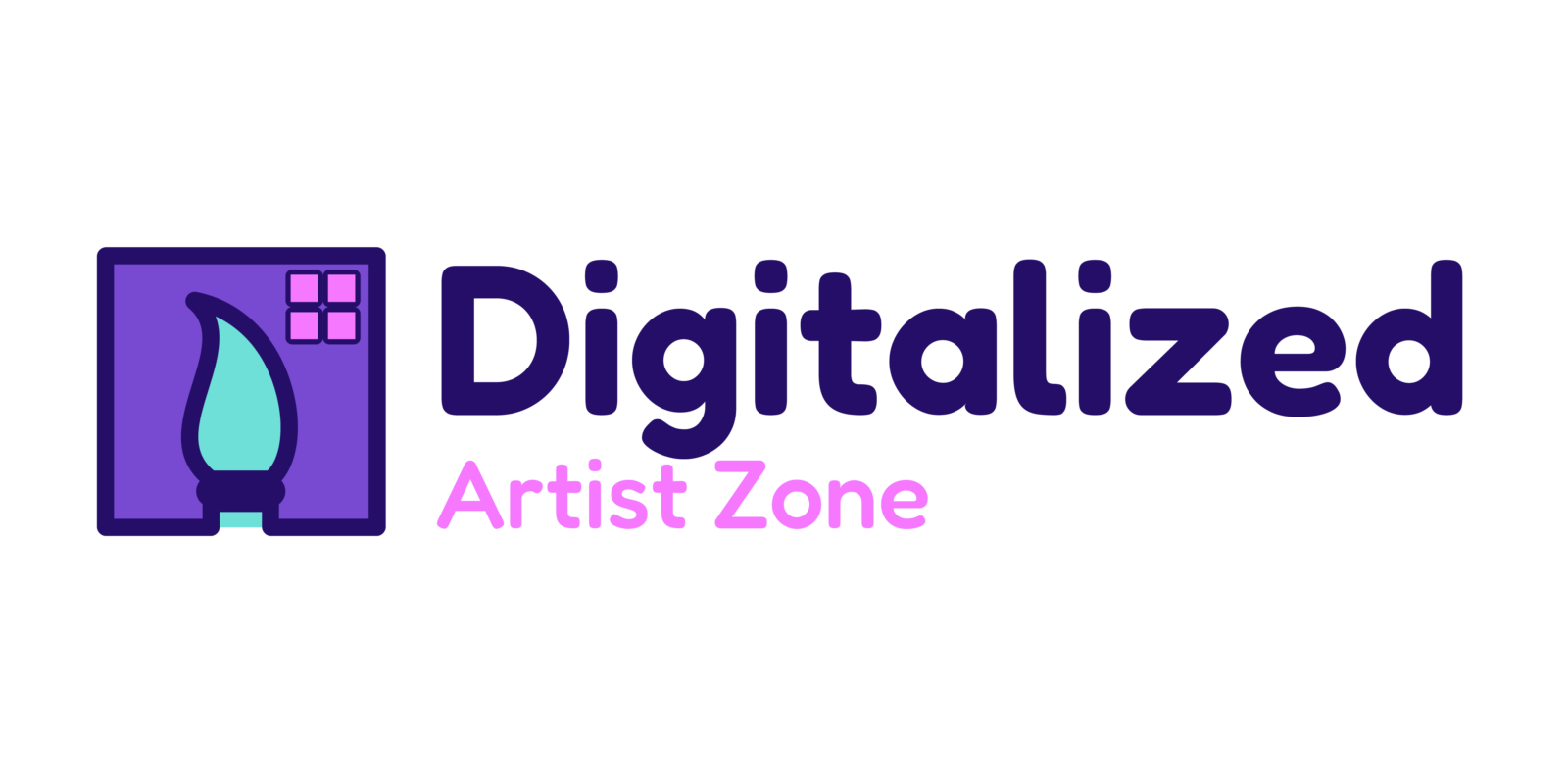As a seasoned expert in the world of cryptocurrencies and NFTs, I’ve delved deep into the realms of Ethereum and Solana to uncover the nuances of NFT creation on these two prominent blockchain platforms. The rise of non-fungible tokens has revolutionized the digital art and collectibles space, with Ethereum traditionally reigning as the go-to choice for NFT enthusiasts. However, Solana has emerged as a formidable contender, offering faster transaction speeds and lower fees, challenging Ethereum’s dominance.
In this article, I’ll provide a comprehensive comparison of Ethereum and Solana for NFT creation, shedding light on their respective strengths and weaknesses. Whether you’re a seasoned NFT creator looking to optimize your workflow or a newcomer exploring the world of digital assets, understanding the differences between these two blockchain giants is crucial for making informed decisions in the ever-evolving landscape of NFTs.
Understanding NFT Creation
When creating NFTs on blockchain platforms like Ethereum and Solana, it’s crucial to grasp the underlying processes that dictate how these unique digital assets are minted, stored, and traded.
On Ethereum, NFT creation involves utilizing smart contracts, specifically ERC-721 or ERC-1155 standards, to define the token’s characteristics, ownership rights, and metadata. Artists and creators mint their NFTs by “tokenizing” their digital content, transforming them into one-of-a-kind assets that can be bought, sold, or showcased within the Ethereum ecosystem.
Solana, on the other hand, offers a different approach to NFT creation. With its high throughput and low transaction costs, Solana enables creators to mint NFTs swiftly and affordably. By leveraging Solana’s efficient blockchain infrastructure, artists can tokenize their creations with minimal environmental impact and lower fees compared to Ethereum.
Understanding the nuances of NFT creation on Ethereum and Solana is essential for creators looking to navigate the complexities of the burgeoning NFT market. By recognizing the distinct advantages and processes inherent to each platform, artists can make informed decisions that align with their goals and values in the digital art space.
Ethereum: The Leading Platform for NFTs
Smart Contracts and NFT Standards on Ethereum
Exploring Ethereum’s ecosystem for NFT creation reveals its utilization of smart contracts based on the ERC-721 and ERC-1155 standards. These standards enable the seamless creation and management of non-fungible tokens on the Ethereum blockchain with established protocols for developers and creators like myself.
Gas Fees and Transaction Speed on Ethereum
When considering Ethereum for NFT creation, the aspect of gas fees and transaction speed is crucial. As an NFT creator, I need to be aware of Ethereum’s gas fees, which can vary based on network congestion and complexity of smart contracts. Despite potential fluctuations in gas fees, Ethereum’s transaction speed remains a consideration for efficiently minting and trading NFTs.
Solana: An Emerging Player in NFT Creation
Rapid Transactions and Low Fees on Solana
Solana stands out as a promising platform for NFT creation due to its lightning-fast transaction speeds and cost-effective fee structure. On Solana, transactions are processed swiftly, offering creators a seamless experience with minimal wait times. Additionally, the platform’s low fees make it an attractive option for artists looking to mint NFTs without incurring high costs.
Technical Differences Between Ethereum and Solana for NFT Creation
In comparing Ethereum and Solana for NFT creation, it’s essential to understand the technical disparities that exist between these two blockchain platforms. The technical variances impact factors such as transaction speeds, fees, and overall user experience for artists and collectors utilizing these networks.
Ethereum:
- Ethereum, with its established position in the blockchain space, operates on a proof-of-work (PoW) consensus mechanism.
- NFT creation on Ethereum involves the utilization of smart contracts, predominantly based on the ERC-721 and ERC-1155 standards.
- The Ethereum network has been known for its liquidity and large user base, making it a popular choice for NFT creators despite challenges such as high gas fees and slower transaction speeds during peak periods.
- Ethereum’s infrastructure relies on the Ethereum Virtual Machine (EVM) for executing smart contracts, contributing to its decentralized nature.
- Solana, on the other hand, utilizes a proof-of-stake (PoS) consensus mechanism, offering significantly faster transaction speeds compared to Ethereum due to its innovative technology.
- NFT creation on Solana is facilitated through its high-performance blockchain, where transactions are processed swiftly and cost-effectively, attracting artists seeking efficiency and lower fees.
- Solana’s scalability and throughput are major advantages, enabling seamless NFT minting at a fraction of the time and cost compared to Ethereum.
- The Solana ecosystem leverages its unique Proof of History (PoH) consensus combined with a Gulf Stream architecture to achieve high speeds and low transaction costs.
Understanding these technical differences between Ethereum and Solana is crucial for NFT creators and collectors looking to leverage blockchain technology for their digital art and collectibles. Each platform offers distinct features that cater to varying needs within the NFT ecosystem, ultimately influencing the overall experience of creating, buying, and selling NFTs.
Factors to Consider When Choosing Between Ethereum and Solana for NFTs
Exploring the technical disparities between Ethereum and Solana for NFT creation is vital for creators and collectors handling the evolving ecosystem. Ethereum functions on a proof-of-work (PoW) mechanism, whereas Solana operates on proof-of-stake (PoS). This contrast leads to Solana outperforming Ethereum in terms of transaction speeds and lower costs. Solana’s scalability and high throughput represent significant advantages over Ethereum.
Understanding the implications of these technical differences is crucial when deciding between Ethereum and Solana for minting NFTs. Solana’s efficient transaction processing and cost-effectiveness make it an appealing choice for artists aiming to create NFTs with minimal expenses and faster turnaround times. On the other hand, Ethereum’s establishment and dominance in the NFT space offer reliability but at potentially higher costs and longer transaction times. NFT creators need to assess these factors based on their specific requirements and priorities to select the most suitable platform for their artwork.





